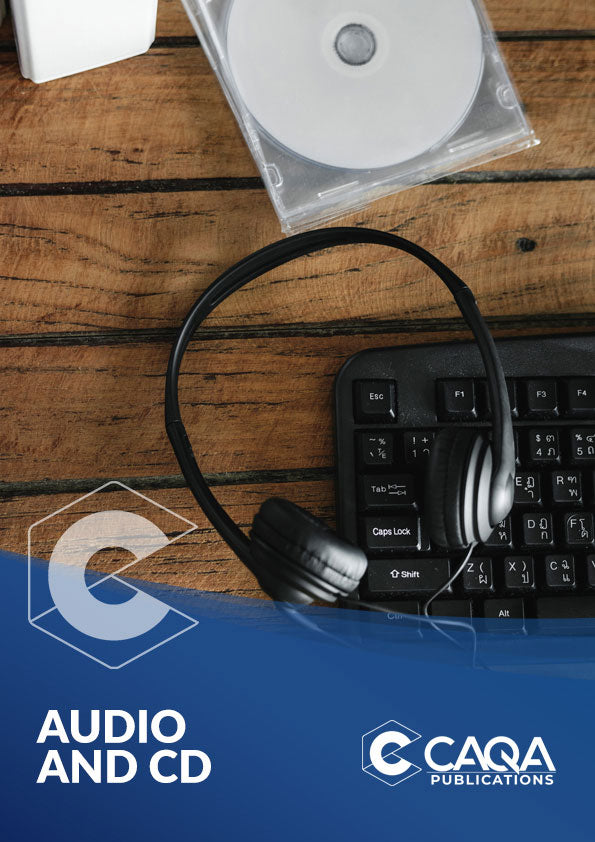Review of Australian Qualifications Framework (Part 1)
The AQF review, chaired by Victoria University tertiary education professor Peter Noonan, recommended a shake -up of Australia’s qualification system. Under the recommended changes senior secondary students would also be able to study subjects at school that would count towards a vocational training qualification or university degree. The new changes will enable students to mix -and -match their subjects across universities and vocational education, to earn the qualifications they need for the jobs they want.
The review recommends recognising the diversity of post-secondary education and to offer clear and flexible entry and exit points, as well as pathways within and between VET and higher education.
What is AQF and how did it evolve?
The AQF is the national policy for regulated qualifications.
Consider AQF as the national architecture that sets the structure for all qualifications across higher education, VET, and senior secondary schools.
Australia was among the first countries to develop and implement a national qualifications framework. Although the structure and purposes of national qualification frameworks vary between countries, their central purpose is to ‘establish a basis for improving the quality, accessibility, linkages and public or labour market recognition of qualifications within a country and internationally’.
The AQF was introduced in 1995, replacing the former Register of Australian Tertiary Education (RATE), while drawing in elements from the Australian Standards Framework (ASF). The ASF was a vocational system of levels developed as part of the transition to competency-based training. The AQF’s first six qualifications were aligned to the first six levels of the ASF, while all the Bachelor Degree and above qualifications were carried over from the RATE.
In Australia, a number of factors figured in the development of the AQF. The VET system was being reformed to adopt competency-based training, prompting a need for nationally recognised VET qualifications linked to competency standards. More students were completing Year 12 and there was rapid growth in the tertiary sector. This highlighted a need for greater consistency and transparency between qualifications to support recognition of prior learning (RPL) and credit transfer.
In its initial form, the AQF was a relatively loose framework. It reflected the characteristics of the existing qualification types issued in each sector, with learning outcome levels embedded in the qualification types. The qualifications were grouped by sector and had descriptors of knowledge applying within the sector. This was in contrast to the consistent levels-based taxonomies of learning and skills used in other countries, that the AQF would adopt from 2011.
When the AQF Council was disbanded in 2014, the Commonwealth Minister for Education agreed the AQF would be reviewed within five years. From time to time,since it was introduced, the AQF has been revised to reflect or facilitate change in the education sector. Changes in the nature of work that affect the skills that graduates need and the types of qualifications that students and employers are seeking, now need to be considered for reflection in the AQF. As it is seven years since it was last formally reviewed, it is timely to consider ways in which the AQF could be improved to keep it at the forefront of best practice in qualifications frameworks internationally.
The Australian Government announced a review of the AQF in the 2017-18 budget to ensure that it continues to meet the needs of students, employers, education providers and the wider community.
The purpose of the AQF review
The review was set up to examine the need for changes to the AQF which defines the characteristics and learning outcomes of the qualifications issued in senior secondary school, vocational education and training, and higher education.
The purpose is to look into a less complex AQF architecture, with the current ten levels of qualifications and to ensure the “overly rigid structure” is simplified and provides a more flexible options to reflect the changing nature of work and post-secondary education.
The other purposes were:
- The creation of a Higher Diploma at the same level as a Bachelor degree and renaming of VET certificates to reflect their purpose
- Recognition of microcredentials and greater fluidity between VET, higher education and schools
- Ensure the credits earned in one area — for example, vocational education — to be put toward a higher education qualification.
The Panel has identified three broad questions for consideration through submissions and the consultation process:
- In what ways is the AQF fit, or not fit for purpose?
- Where it is not fit for purpose, what reforms should be made to the AQF and what are the most urgent priorities? Please be specific, having regard to the possible approaches suggested in this paper and other approaches.
- In relation to approaches suggested by the Panel or proposed in submissions or through consultations, what are the major implementation issues the Review should consider? Please consider regulatory and other impacts.
Review Panel
- Professor Peter Noonan (Chair): Professor of Tertiary Education Policy at Victoria University
- Mr Allan Blagaich: Executive Director of School Curriculum and Standards, WA Department of Education
- Professor Sally Kift: Adjunct Professor, College of Business, Law & Governance at James Cook University
- Ms Megan Lilly: Head of Workforce Development, Ai Group
- Ms Leslie Loble: Deputy Secretary, External Affairs and Regulation, NSW Department of Education
- Professor Elizabeth More AM: Chief Education Officer, Study Group Australasia
- Ms Marie Persson: Member, New South Wales Skills Board, Chair, NSW Skills Board Industry Reference Group, Member, Monash Commission
The earlier review processes and objectives
The 2008 Review of Higher Education (Bradley Review) proposed that Australia should develop a more coherent tertiary education system. It noted the need for a continuum of tertiary skills and recommended a single regulator and funding source for the VET and higher education sectors. It also proposed a review of the AQF, noting the weaknesses of the AQF at the time. The Review of the AQF took place between 2009 and 2011 under the authority of the AQF Council, which was established as a result of stakeholders wanting “a stronger custodian of a stronger AQF.
In 2011, a revised AQF was implemented, including a more consistent taxonomy of learning outcomes. The taxonomy was applied to both levels and qualifications, making the AQF a more detailed and complex document. These changes envisaged enhanced governance arrangements for an AQF body to ensure compliance with the AQF. However, instead of the more integrated tertiary education system recommended by the Bradley Review, different regulatory systems have continued to evolve under separate national regulators for higher education and VET Provider standards in both sectors reference the AQF but arguably reinforce sectoral differences in qualification purpose, design and methods of teaching.
Micro Credentials
The review has recommended significant reform to the AQF, designed primarily to make connections and the transition between vocational education and training and higher education easier for students and education providers. Recommendations in the review also recognise ‘micro -credentials’ as valid education tools to fill a skills gap.
One-hundred-million global students — that is the major milestone finally hit in 2018 by online study units known as Massive Open Online Courses (MOOCs).
As many as 20 million learners last year joined the ranks of those studying courses on the biggest MOOC platforms, down from the 23 million who first enrolled in 2017, but with an increase among those willing to pay for the privilege.
Micro-credentials have all-ready become increasingly available through universities, with many used as a means to enhance business leaders’ technology know-how. ‘Microcredentials’ would be recognised to allow providers to offer short, highly-targeted courses to students and employers looking to fill a skills gap without getting bogged down in red tape.
A major federal government review has opened the way for recognition of short courses, known as micro-credentials, within tertiary qualifications. The review fell short of recommending the micro-credentials should be included in the AQF, which is the taxonomy of all recognised Australian tertiary qualifications. However it said that recognising them as a valid form of credit and as prior learning which could shorten the period of study needed for a recognised qualification, would “build on current practice”. The review said that, even though the AQF should not formally include micro-credentials, it “should provide guidance on requirements for awarding credit for shorter form credentials, to ensure consistency of quality into the future”.
“This would improve confidence in the credentials by employers and industry associations and improve recognition by providers for credit purposes,” it said.
“For students, it would provide some quality assurance, portability and consumer protection.”
The review also said that the demand for shorter credentials was expected to increase “fuelled by the necessity for lifelong learning and global competition in the supply of education and training”.
The review report is available here
https://www.education.gov.au/australian-qualifications-framework-review-0
































 Talk to our experts now!
Talk to our experts now!
 03 8103 8000
03 8103 8000









